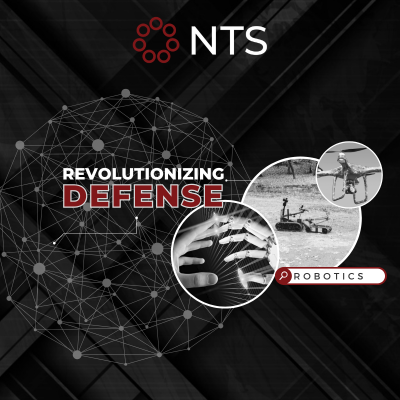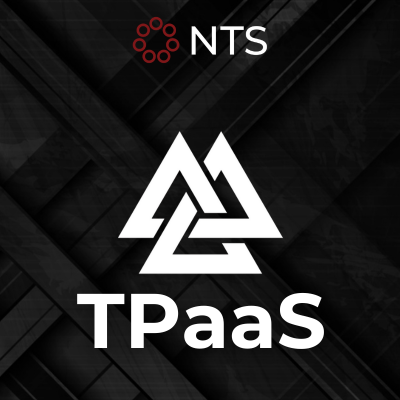A Practical Guide to Implementing a Data-Centric Approach
WHAT IS DATA-CENTRICITY?
Data-centricity is a business approach that focuses on using data to inform decision-making at all levels of the organization. In today’s data-driven world, it is more important than ever for businesses (both private and public) to be able to collect, analyze, and use data effectively in order to stay competitive and succeed.
The role of data in decision-making is crucial. By collecting and analyzing data from various sources, businesses can gain valuable insights into their operations, customers, and market trends. This information can be used to inform strategic decisions and drive business growth.
The benefits of data-driven decision-making are numerous, including:
- Increased efficiency
- Improved customer satisfaction
- Increased profitability.
IMPLEMENTING A DATA-CENTRIC APPROACH
Implementing a data-centric approach requires a strategic plan, clear processes, and proficient tools for collecting and analyzing data. This begins with identifying the key data sources and systems within the organization, as well as establishing processes for collecting and analyzing data.
Ensuring data accuracy and integrity is also critical, as faulty or incomplete data can lead to incorrect or misleading conclusions. Additionally, the ability to readily access data for decision-makers is also important. It enables them to make crucial decisions in a timely manner.
THE NEXT LEVEL: A DATA-CENTRIC CULTURE
A data-centric culture is the next step to the success of a data-driven approach. Building a culture that values and prioritizes data within the organization is essential for maximizing the value of data and ensuring that it is used effectively. Leadership plays a key role in promoting a data-centric culture, as they set the tone and direction for the organization. They are the driving force behind training and educating employees on the importance of data.
CHALLENGES AND BEST PRACTICES FOR DATA CENTRICITY
There are several challenges that businesses may face when implementing a data-centric approach.
- The complexity of data systems and the need to integrate multiple data sources. Ensuring data accuracy and integrity can also be a challenge, as data may be subject to errors or inconsistencies.
- Access to critical information. Another challenge is ensuring that decision-makers have access to the data they need in a timely manner.
DATA-CENTRICITY AND THE MILITARY
Data centricity is important in the military for a number of reasons:
- Decision-making: Data can help military leaders make informed decisions by providing them with accurate and timely information about the battlefield, enemy forces, and their own resources.
- Situational awareness: Data can help military personnel maintain situational awareness by providing them with real-time information about the location and movement of enemy forces, as well as the status of their own units.
- Mission planning and execution: Data can help military planners develop and execute effective strategies and tactics by providing them with information about the terrain, weather, and other factors that may impact the mission.
- Resource management: Data can help military organizations manage their resources more effectively by providing them with information about the availability and allocation of personnel, equipment, and supplies.
- Training and simulation: Data can be used to develop and maintain effective training programs and simulations, which are critical for preparing military personnel for real-world operations.
THE BOTTOM LINE
The importance of data-centricity cannot be emphasized enough. This applies to military, government, private and public companies. NextTech Solutions understands this need and put a strong priority on providing the right technology and infrastructure to support a data-centric approach.










